
Sanguine Bond | Illustration by Jaime Jones
Combos are divisive among Commander players. Whether it’s a classic 2-card Kiki-Jiki, Mirror Breaker combo or a Rube Goldberg contraption featuring four or five moving parts, it’s easy to feel like a combo that ends the game on the spot invalidates all player actions that came before it. As such, combos are now usually discussed as part of the typical Rule 0 conversations before casual Commander games begin.
Sanguine Bond combos are some of the most recognizable. Well, one of them at least. Odds are you’ve either played with or against a combo featuring this enchantment at some point in your Magic career. I’m going to break down how the card works and the most common cards that combo with it in order to leave you better prepared to face it when you find it on the battlefield. Or better yet, prepare you how to use it for yourself.
What Are Sanguine Bond Combos in MTG?

Serra Avatar | Illustration by Victor Adame Minguez
Sanguine Bond combos are ones that revolve around the titular enchantment Sanguine Bond, which lets you dole out damage to opponents whenever you gain life. On its own, Sanguine Bond is just a casual lifegain payoff, but it becomes a reliable wincon when you start to gain huge swathes of life at one time. For example, gaining 40 life lets you deal 40 damage, essentially a one-shot kill against a single opponent.
Sanguine Bond Combos are usually 2-card combos using this enchantment plus another combo piece, though some combos require a third spell or action to actually result in a win. Note that the actual card Sanguine Bond can be substituted with Defiant Bloodlord, Vito, Thorn of the Dusk Rose, and Vizkopa Guildmage, which all provide the same effect.
There are also some small-ball pinger effects in this category, like Cliffhaven Vampire and Epicure of Blood, but those truly require an infinite set-up to count as combo pieces.
#5. Mass Lifegain

Sanguine Bond is a fallible combo piece in that it won’t always kill opponents who also have high life totals. However, if you can gain a large enough chunk of life, at least as much as an opponent’s life total, Sanguine Bond can point the laser cannon and take someone out.
I’m thinking cards like Heliod's Intervention, Sanguine Sacrament, or Divine Congregation, that last one being something I’d caution against playing in most decks. I’ll feature another mass lifegain spell shortly, but just know that huge lifegain means huge damage with Bond.
#4. Serra Avatar + Soul of Eternity
A bit janky, but the idea here is to cast a spell like Swords to Plowshares on your own Serra Avatar or Soul of Eternity. This basically doubles your life total and allows you to take out one player who had less life than what you started with.
You probably spotted a couple problems. One, this only kills a single player. Two, it involves throwing away two cards, one of which is a 7-mana creature. Three, this isn’t even guaranteed to do enough damage if you have the lowest life total. Like I said, janky.
#3. Shard of the Nightbringer + Blood Tribute

Why not up the ante with an 8-mana creature this time? Shard of the Nightbringer chops a player’s life total in half and you gain life equal to whatever was lost. Sanguine Bond triggers and takes out their remaining life.
This is another 1-player only kill, but life totals don’t matter for this one, and rounding up on the life loss guarantees the kill. If the targeted opponent is at 37, they’ll lose 19 life and you’ll gain 19, doming them for another 19 with Sanguine Bond. No cheating though! Shardbringer has to be cast for its ability to work.

You could substitute Shardbringer for Blood Tribute instead in a deck with enough vampires.
#2. Beacon of Immortality
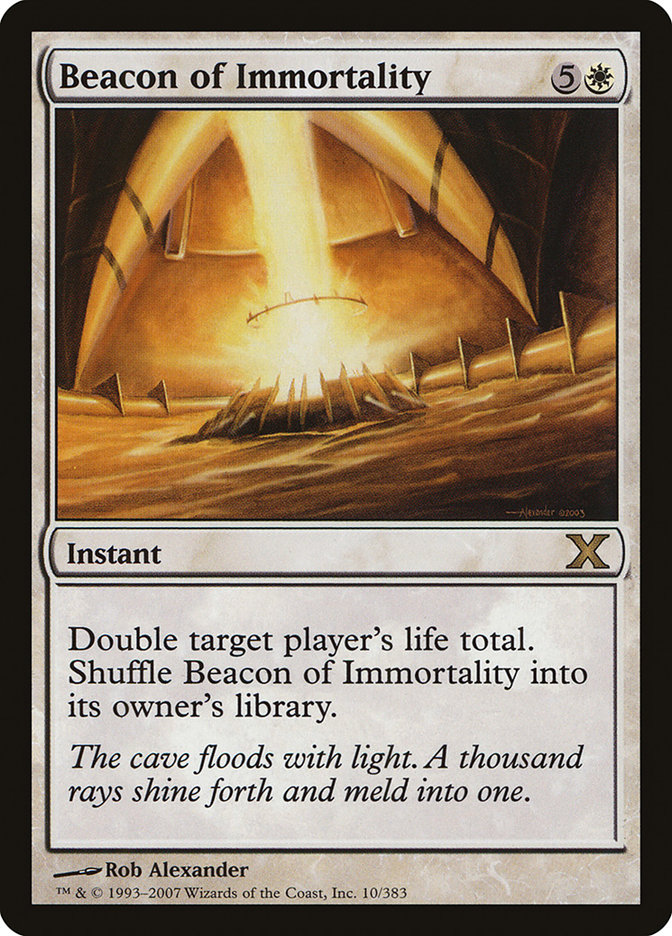
Beacon of Immortality is a cleaner life doubler than the whole Swords your own Serra Avatar shtick, but some people live for complexity. Again, your life total needs to be high enough that doubling it gains enough to kill someone with Sanguine Bond, which isn’t always the case. Basically, you need to have an equal or higher life total than the person you plan to eliminate before casting the Beacon. And yes, doubling your life does count as gaining life.
Honestly, if you’re going for a Beacon kill you’re probably better off doing so with Tainted Remedy or Plague Drone instead.
#1. Exquisite Blood
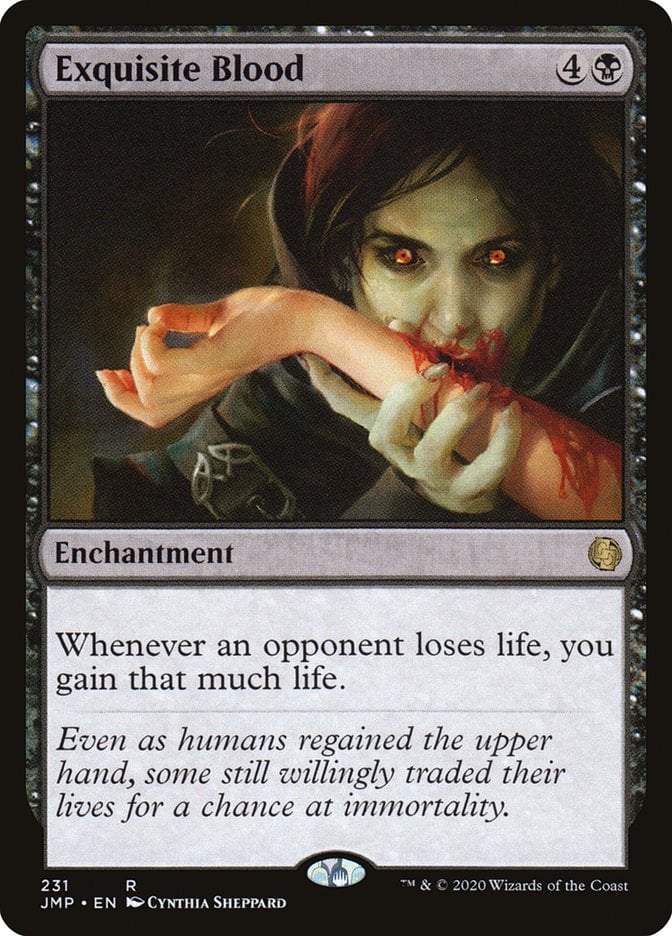
I’m assuming this is the one you’re familiar with. Unlike the other admittedly gimmicky combos, Exquisite Blood plus Sanguine Bond is a definitive 2-card kill against the entire table if it goes uninterrupted. You gain life, Bond triggers, opponent loses life, Exquisite Blood triggers, and so on. You just need a point of lifegain or damage to get the ball rolling.
There are some funny scenarios where this ends the game in a draw, since neither enchantments’ trigger is optional. If at least one of your opponents can’t die for some reason, perhaps because they control Platinum Angel, the triggers keep happening ad infinitum and the game basically ends. Good stuff.
Call It Bond. Sanguine Bond.

Exquisite Blood | Illustration by Cynthia Sheppard
You know, going into this I assumed there’d be more to share, but it turns out Sanguine Bond’s pedigree as a dangerous combo card really only applies to Exquisite Blood and some truly hare-brained card combinations. It’s not even unique since there are other cards that have the exact same rules text as Bond with additional upsides. If anything, Exquisite Blood’s the unique (and significantly more expensive) combo piece.
So as much as I’d love to stick around and bond more, that’s all I’ve got! Did I miss a Sanguine Bond combo? If so, let me know in the comments below or over in the Draftsim Discord.
Thank you for making Draftsim your #1 stop for all things Magic!
Follow Draftsim for awesome articles and set updates: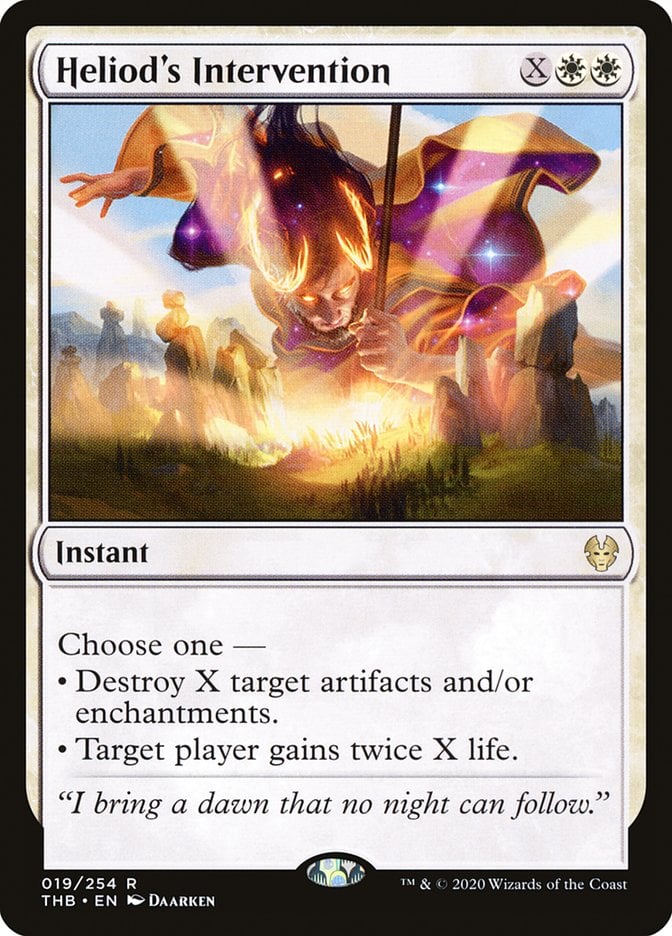
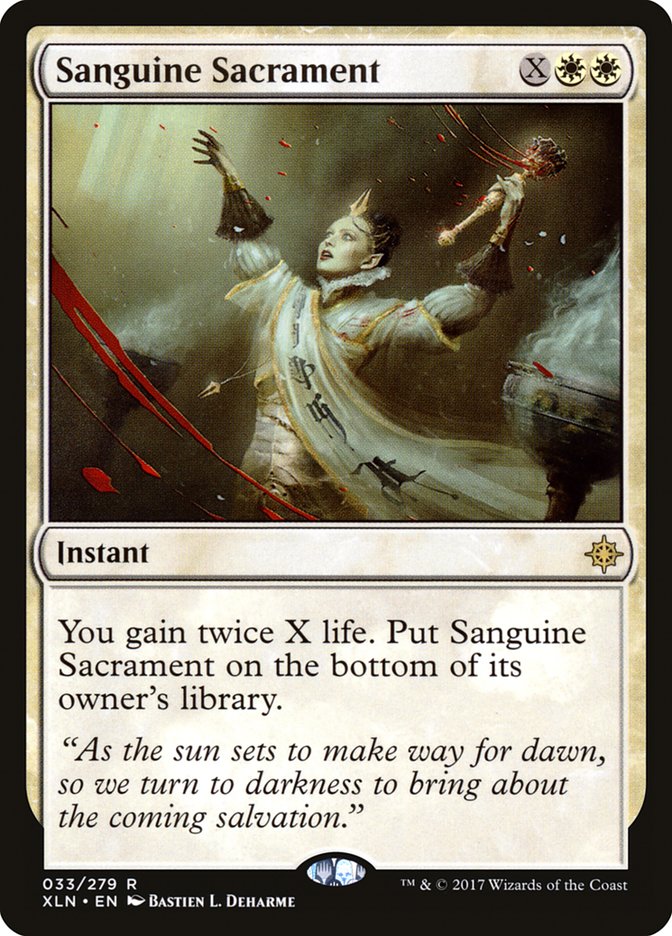
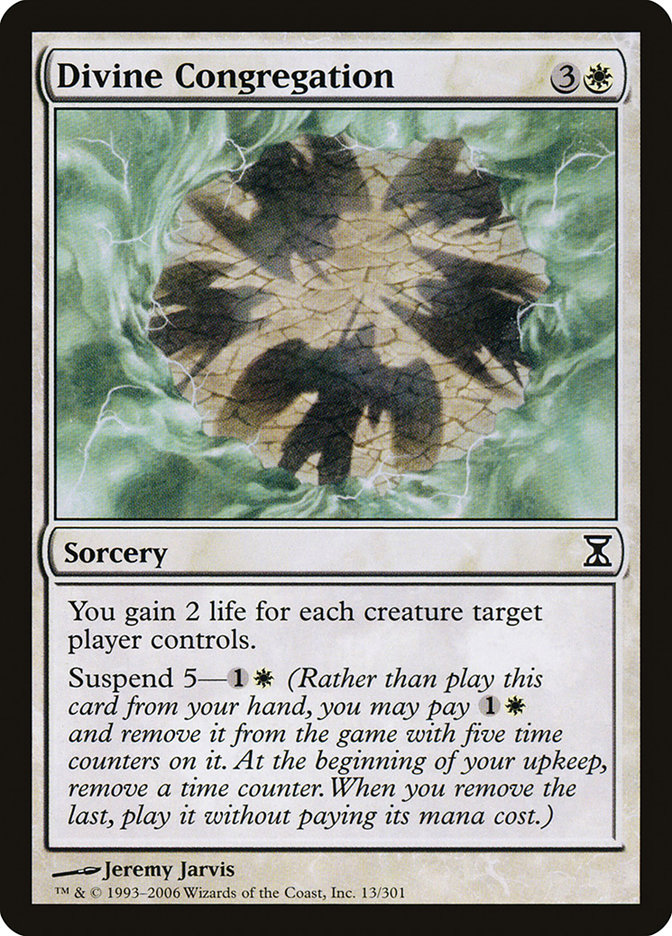
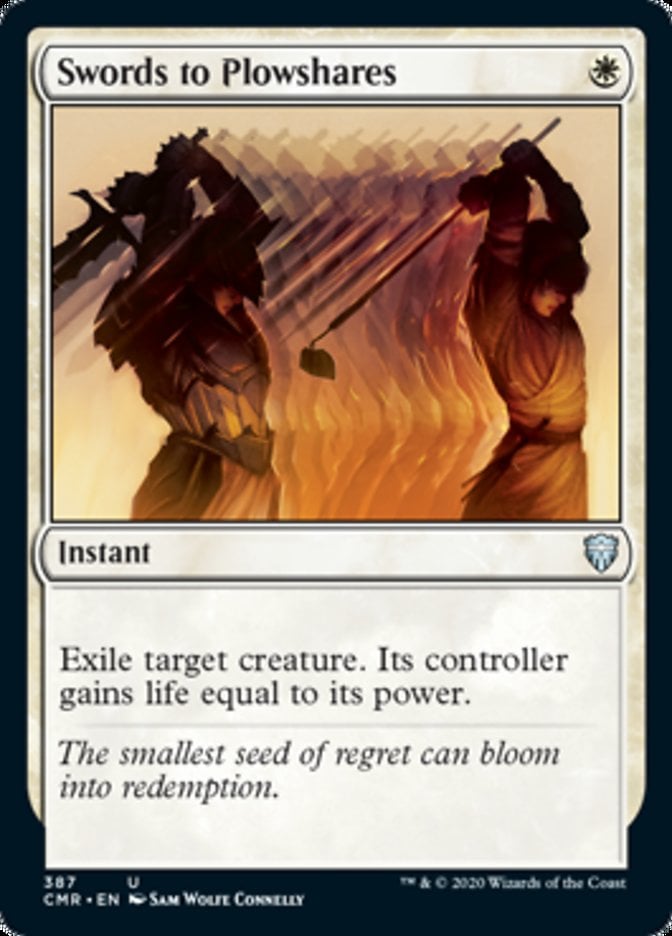
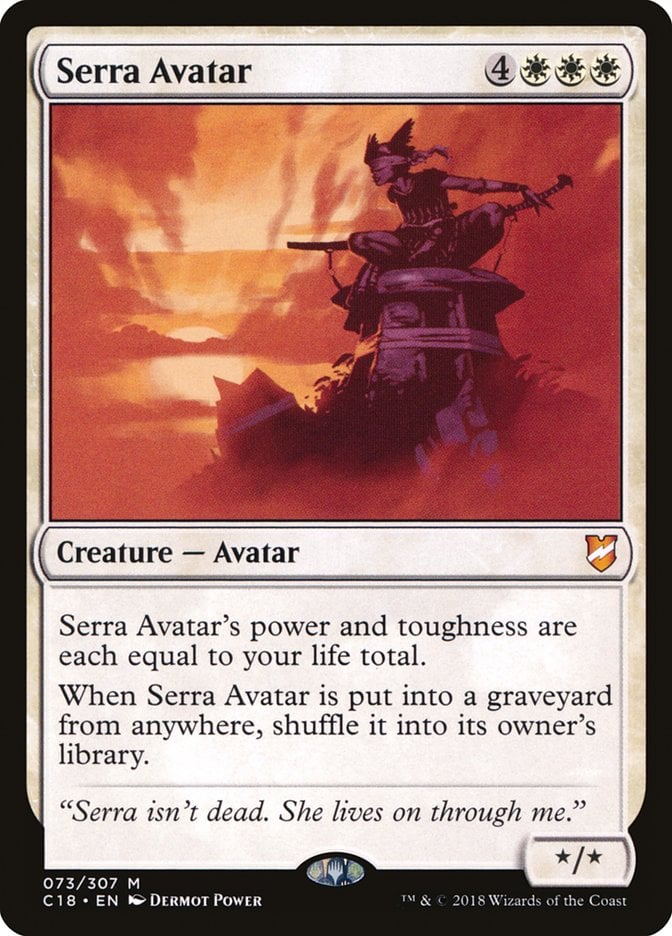
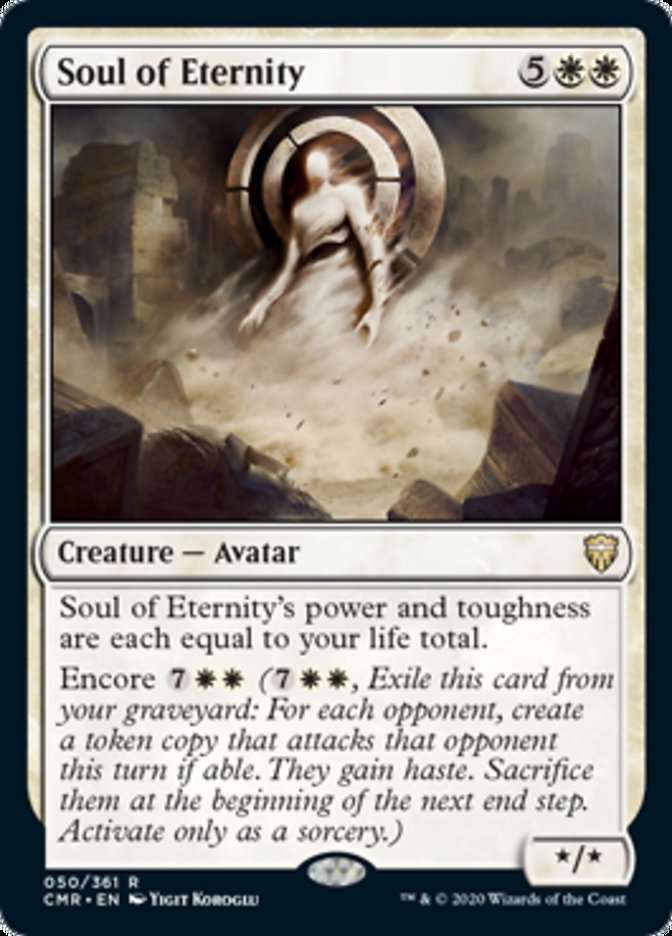
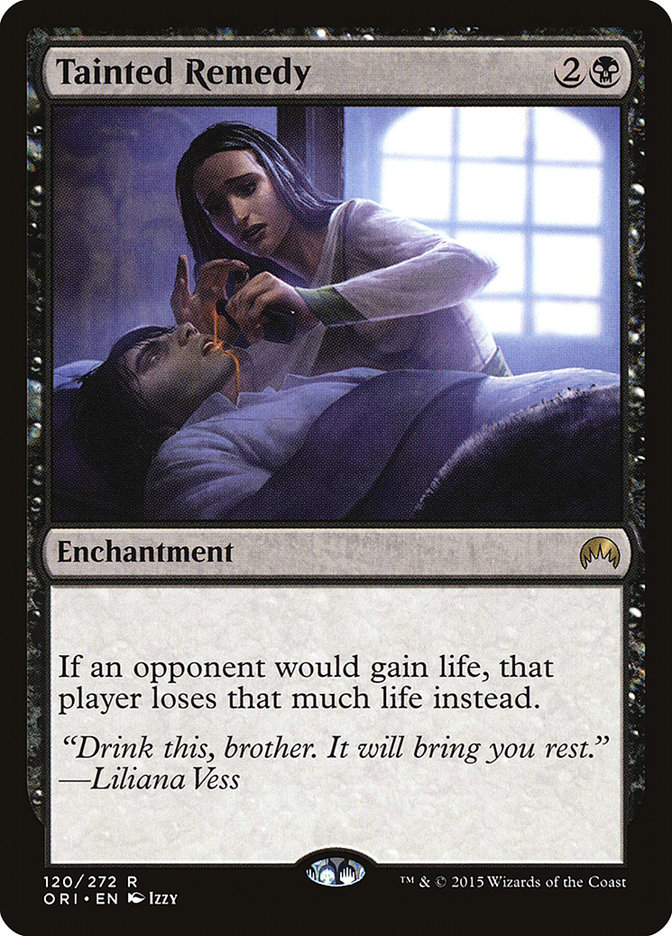
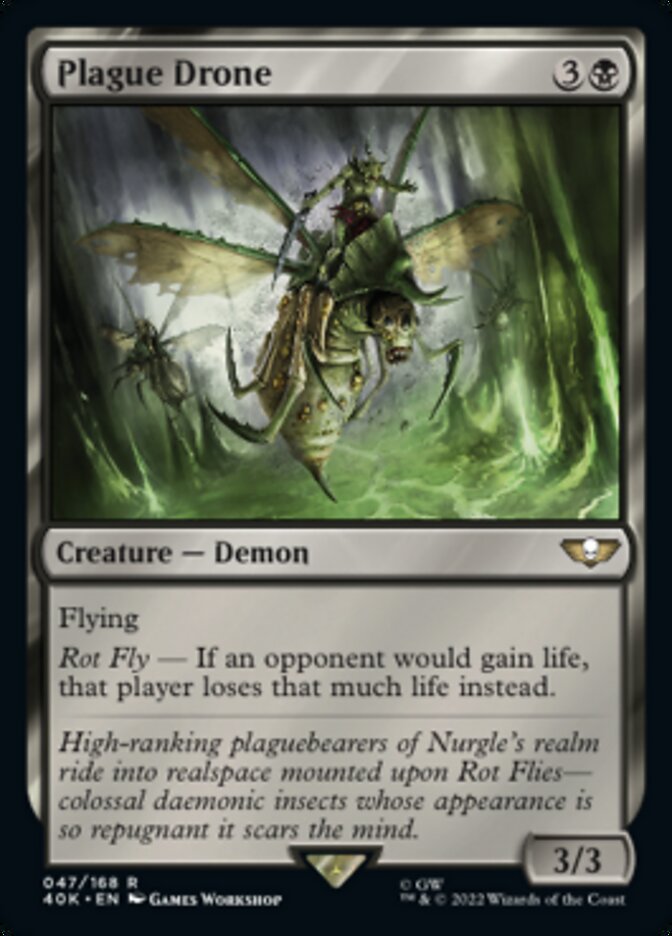
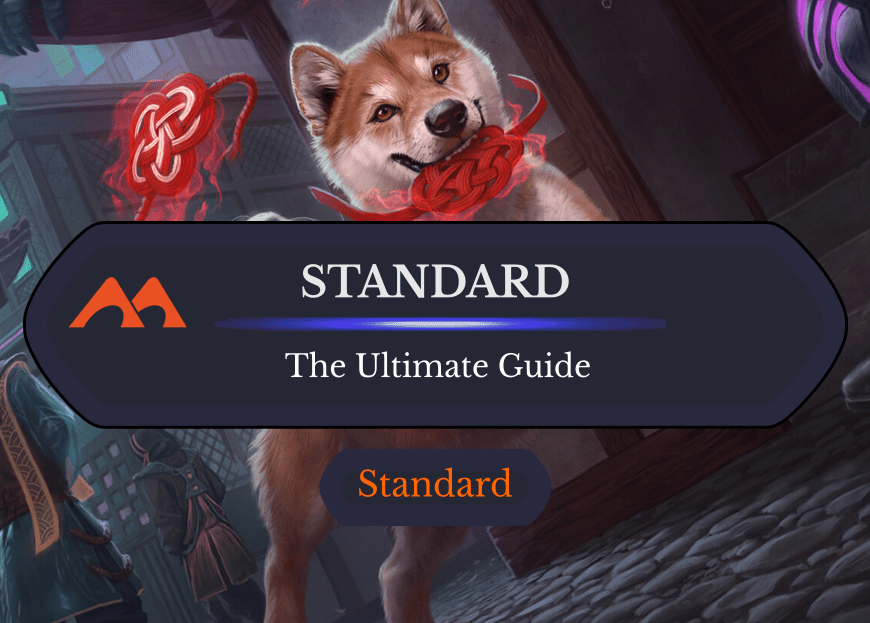

Add Comment